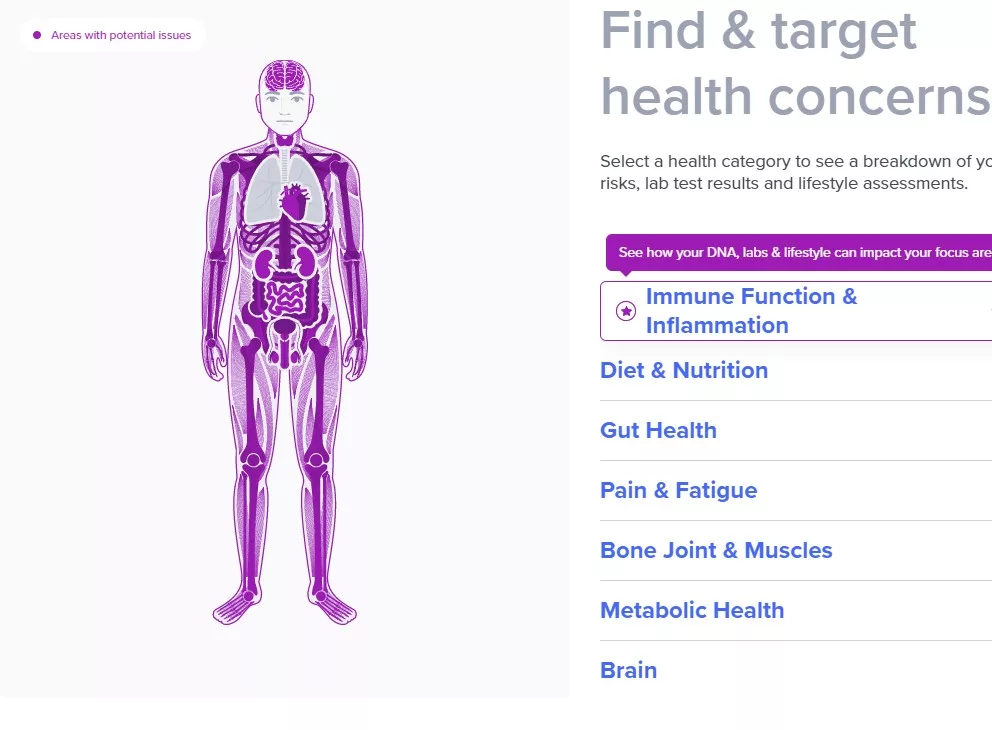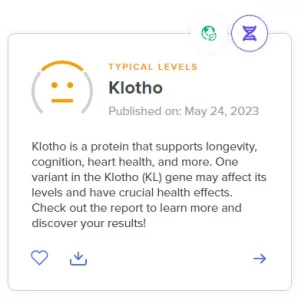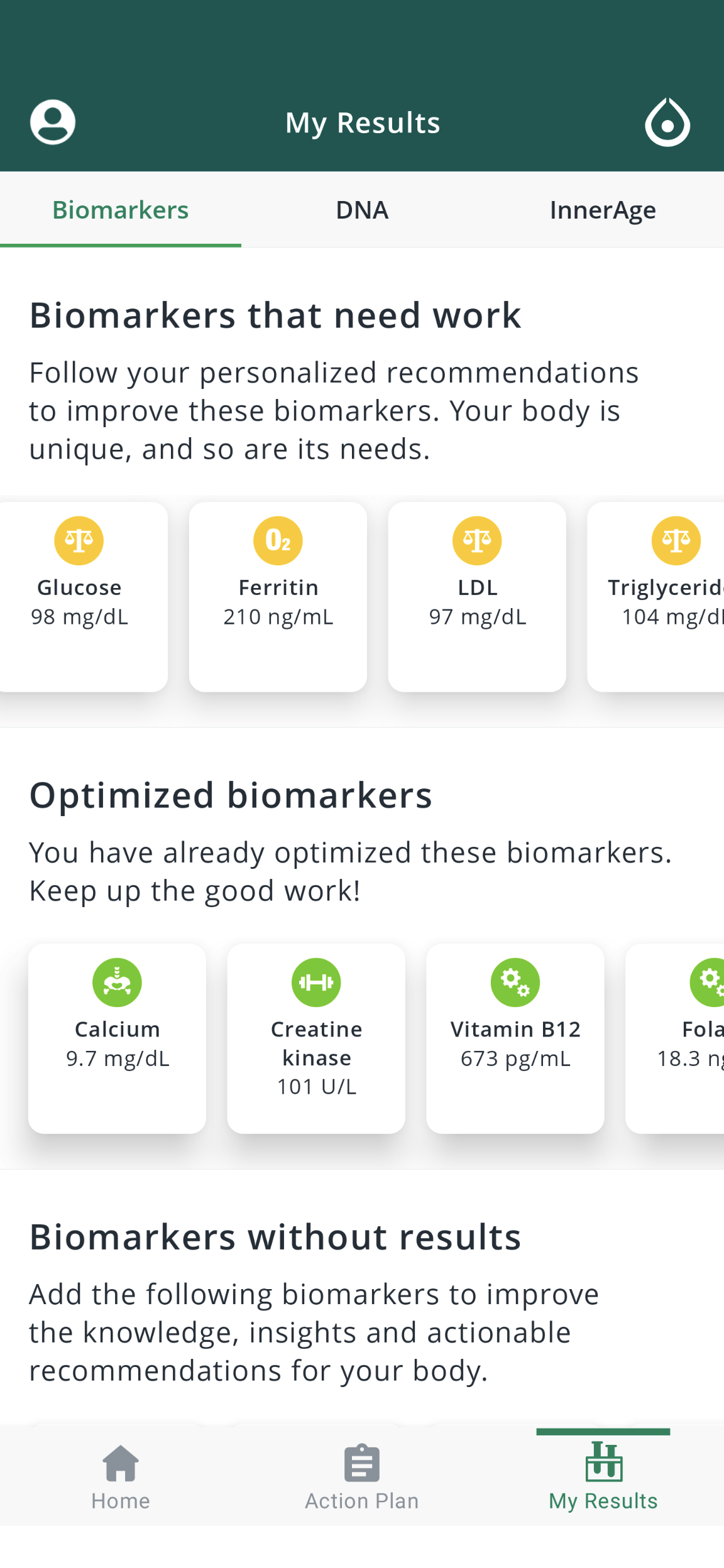I often get a common set of questions after making new ‘Health’ posts or reviews. “How do you research publications related to what you’re writing about?” “How do you determine the experiments you conduct in order to reach your goals?” Part of the answer to both of these questions is: Examine.com/Examine+. Read on for my Examine review.
What is Examine.com?
What exactly is Examine.com? Their mission statement states it very simply. “Examine analyzes and summarizes the latest scientific research to help you be healthier.” In reality, Examine.com is the largest database of nutrition and supplement research on the internet.
How is Examine Organized?
Examine.com’s main structural element is 25 broad health categories. Within each of these health categories there are several conditions, interventions and outcomes. All of these items as well as individual research paper titles are indexed and searchable.
Categories
Each Category page is the top level grouping keeping all related FAQs and studies in one place. Categories mostly exist to make navigating Examine.com easier.
Conditions
Conditions can be actual diagnosed health conditions (Hypothyroidism) or goals (Increase Focus). Goals can exist in multiple categories.
Interventions
Interventions are anything that can be tested in a trial. This is often a specific supplement or practice.
Outcomes
Outcomes are specific measurable pieces of data in trials that are used to measure if a specific intervention works.
What do I like about Examine.com?
Some things that I love about this organization approach include:
- It allows you to easily cross reference interventions so that you can easily see which conditions/outcomes each one may impact. I use this to tweak my own routines based on how something that might be positive for one condition could be detrimental for another.
- By cross referencing outcomes that have been positive for conditions, you can hypothesize other interventions that might work that don’t currently have published research on them.
- With awareness of all the conditions that you suffer from that require improvement, you can easily rule out and create a prioritized list of the interventions that are likely to be most effective for you.
But the organization isn’t the only thing that I like about Examine.com.
Transparency
Each piece of information provided on Examine.com references the sources that it is gleaned from. Opinions are stated as such. Studies that are missing crucial information that the reader should be aware of are clearly identified. Anyone who isn’t clear on why this is so important should checkout the extensive reasoning from Dr. Peter Attia.
Freely Available
Even before I became a lifetime Examine+ member, I was making extensive use of Examine.com. This is because all of the information contained in its database is freely available.
Independence
Examine.com does not accept funding from outside sources. Their revenue is not dependent upon pageviews or products sold. This allows them to avoid sensationalism and maintain a reasonably unbiased viewpoint. Examine started because it was impossible to find this information in this format at the time. Examine derives all of their funding from Examine+.
What is Examine+?
Examine+ is the unlock of everything on the Examine.com site. While all of the FAQs are free and you can access most of the database for free, an Examine+ membership allows you to take your research further. With an Examine+ subscription you unlock the following additional features:
Supplement Guides
Plain language information on supplements that cut through all the hype. Lists the supplements that are likely to work and which ones don’t have the research backing or may be harmful for different conditions. All referenced to the studies where the information came from.
Examine Database
Examine+ also fully unlocks the power of the Examine Database. All the deep linking between the organizational features and search capabilities are at your fingertips. All interventions list every tested outcome without the need to go searching on your own. The same is true for conditions. They are now linked to all relevant interventions contained in the database. While you could find much of this same information with the free product, this is an enormous time saver.
Personalized Research Feed
With Examine+ you can also create a personalized research feed that contains summaries of all new summaries related to the health categories that are of interest to you. This allows you to keep an eye on the latest research so that you can reevaluate any action that you may have taken based on prior information.
Examine Review Conclusion
Since I mentioned that I am an Examine+ user, it’s probably clear that I feel favorably about this product. The reality is that I’ve been using Examine.com/Examine+ as my ‘top of the funnel’ research tool for years. I really haven’t found anything better that works for me. If you liked what you read in this Examine review and aren’t already using it, try it out! Interested in becoming an Examine+ member? I’d appreciate it if you used my link to sign up.






